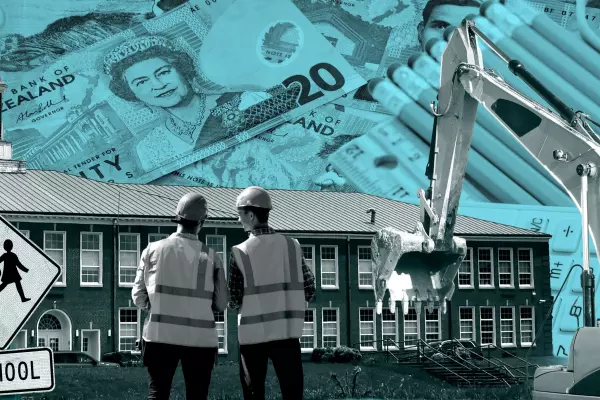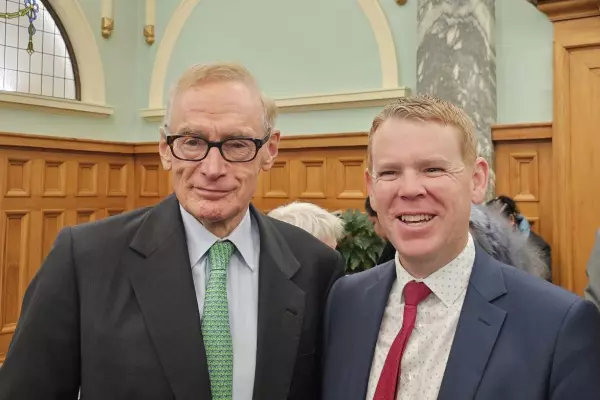In October 2020, the government announced all default KiwiSaver funds would be required to be balanced as opposed to conservative in their management – reversing what was a costly decision in hindsight.
The change in settings came as the government began the once-every-seven-year process to reselect default KiwiSaver providers.
A balanced fund is one aiming to hold about 50% to 60% in growth assets, compared with about 20% to 25% for conservative funds.
After initially opting for a conservative setting when KiwiSaver was launched in 2007, the government had toyed with the idea of moving to a balanced setting in 2013, but ultimately stuck to its conservative guns.
A cabinet paper on the issue recommended maintaining the status quo.
"The associated lower volatility of returns better preserve members' capital, supporting confidence in KiwiSaver and the development of a savings habit," it said.
It should be noted this recommendation was made with the GFC fresh in people's memories.
Whereas today it's a lot easier to propose a riskier setting following a decade-long equities bull market.
Nonetheless, it is generally accepted now – as it was in 2013 – that growth assets will generate greater returns over the long term.
Considering that those who are in default funds are, generally a) at the start of their retirement savings journey, and b) unengaged from the process, the decision to leave these funds on a low growth trajectory seems at odds with the evidence.
It also proved to be a costly one.
Using data from quarterly Morningstar KiwiSaver surveys back to 2011 (the year they started publishing them) BusinessDesk analysed the returns of default KiwiSaver funds against other types of funds over the next decade.
On average one dollar invested in a conservative default fund in 2011 had grown to $1.48 by 2021.
The same dollar in the average balanced fund would have grown to $1.76, while in a growth or aggressive fund it would have almost doubled (all returns are after fees and assume a prescribed investor tax rate of 28%).
It should be noted that from 2007-2011 conservative funds did fare much better against the riskier alternatives.
Gains foregone
How much money was subject to these lower returns over the period 2011-21?
In 2011, the value of default assets was $2.8 billion, by 2021 the total value of default assets was $10.3b.
That's growing a lot faster than the rate at which it would have been – based on returns alone. This indicates more money has been flowing into default funds than out of them.
Compared to a balanced fund, the lost returns on just the initial $2.8b amount to $800 million over the decade, but that's just the beginning.
Factoring in the lost returns on additional money being added to default funds after gains in each subsequent year, the difference between a conservative and balanced setting is in the order of $1.5b.
Compared to a growth setting it's more like $2b.
It doesn't end there, much of that money would have remained in KiwiSaver for decades accruing further gains.
Making an assumption that $1b of this lost KiwiSaver money remained in the scheme for another 26 years – reflecting the average age of a KiwiSaver member of 39 – and grew at a modest 5% per year after fees and taxes. Then at the end of this period, the foregone earning of $1b would have grown to $3.6b.
That's a lot of retirement money lost to a seemingly sensible one-paragraph recommendation in a cabinet paper – and that's a conservative estimate.














